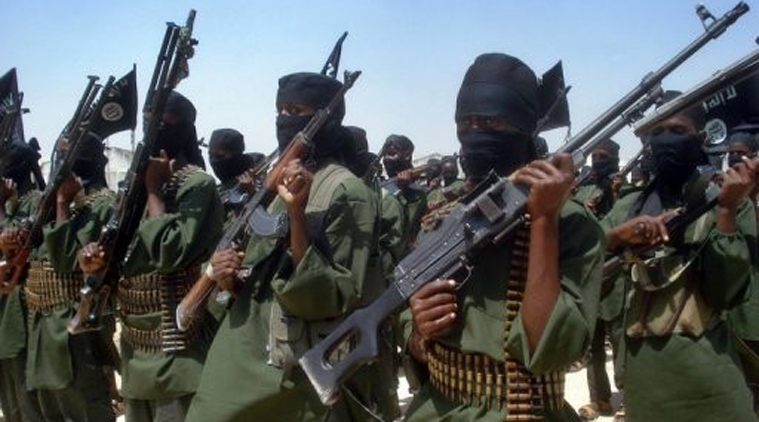

- #Last person executed for espionage in the us code
- #Last person executed for espionage in the us plus
This Court has power to decide, in this proceeding, the question preserved by the stay granted by MR. JUSTICE DOUGLAS had power to issue the stay. The Attorney General petitioned this Court to convene in Special Term and to vacate the stay.

On June 17, 1953, MR JUSTICE DOUGLAS denied a writ of habeas corpus, but granted a stay, effective until the applicability of the Atomic Energy Act could be determined in JUSTICE DOUGLAS for a stay and a writ of habeas corpus, contending that the Atomic Energy Act of 1946 rendered the District Court powerless in this case to impose the death penalty under the Espionage Act of 1917.

Counsel who had not been retained by the Rosenbergs but who represented a "next friend" applied to MR. JUSTICE DOUGLAS for a stay, but he denied it, since they raised questions already considered by the Court. Thereafter, counsel for the Rosenbergs applied to MR. At a Special Term on June 15, 1953, the Court denied a motion for leave to file an original petition for a writ of habeas corpus and for a stay, and again adjourned. After disposing, in effect, of all such collateral attacks then pending in the courts and denying a further stay, this Court adjourned the October Term, 1952. Thereafter, several unsuccessful collateral attacks on the sentences were made in the lower courts, and reviews of the decisions thereon were sought in this Court. The Court of Appeals affirmed the convictions, and this Court denied certiorari and rehearing. The overt acts relating to atomic secrets occurred before enactment of the Atomic Energy Act of 1946, but other aspects of the conspiracy continued into 1950. The Rosenbergs were convicted and sentenced to death for conspiring to violate the Espionage Act of 1917 by communicating to a foreign government, in wartime, secret atomic and other military information. The US Army executed 98 servicemen following General Courts Martial (GCM) for murder and/or rape in the European Theatre of Operations during the Second World War.U.S. Main article: Oise-Aisne American Cemetery Plot E United States Disciplinary Barracks, Fort Leavenworth, Kansas Green Haven Correctional Facility, New York Sainte-Marie-aux-Mines, France, European Theater ** Oro Bay, New Guinea, Southwest Pacific AreaĪversa, Italy, Mediterranean Theatre of World War II ** Italy, Mediterranean Theatre of World War II ** Oran, Algeria, North African Theater of Operations Shepton Mallet, United Kingdom, European Theater ** Sicily, Mediterranean Theatre of World War II **Īlgiers, North African Theater of Operations ** Oran, Algeria, North African Theater of Operations ** Shepton Mallet, United Kingdom, European Theater Pentridge Prison, Melbourne, Australia, Southwest Pacific Area
#Last person executed for espionage in the us plus
Several of the soldiers listed as convicted and executed for murder and/or rape had also been convicted of other charges, including those of a military nature such as desertion and mutiny, plus lesser crimes that would not have been considered capital unless combined with more serious offenses which carried the death penalty. With the exception of Eddie Slovik, who was shot for desertion, all of these soldiers were executed for murder and/or rape. Executions by the United States Air Force after 1947 are listed separately. This list includes members of the United States Army Air Forces, which was a part of the Army until Septemwhen it became independent. An execution was also carried out by the United States Air Force in Japan in 1950.Īll executions carried out by the Army from 1942 to 1948 were performed under the authority of the Articles of War of June 4, 1920, an Act of Congress which governed military justice between 19. Of these 141 wartime executions, 70 were carried out in the European Theatre, 27 in the Mediterranean Theatre, 21 in the Southwest Pacific Area, 19 in the contiguous United States, two in Hawaii, one in Guadalcanal and one in India of the six postwar executions, one took place in Hawaii, one in Japan, two in France and two in the Philippines. These figures do not include individuals executed by the US Army after being convicted by US Military Courts for violations of the laws of war, including German soldiers who were shot after being caught in American uniform as part of Operation Grief during the Battle of the Bulge. The United States Army carried out 141 executions over a three-year period from 1942 to 1945 and a further six executions were conducted during the postwar period, for a known total of 147.
#Last person executed for espionage in the us code


 0 kommentar(er)
0 kommentar(er)
